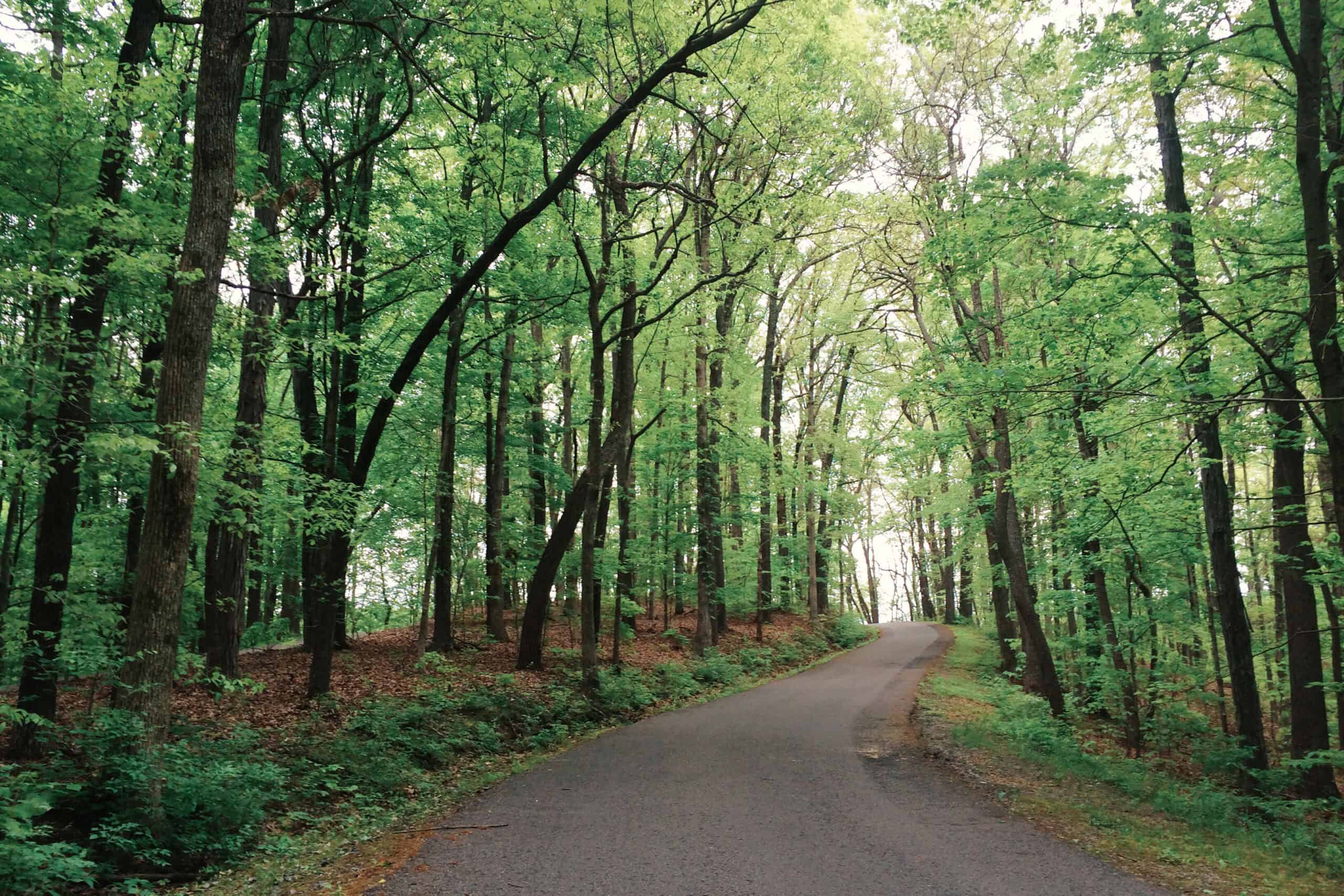Share this article
Conference field trip: Behind the scenes at the Perkins Wildlife Center
The Perkins Wildlife Center & Woods Garden is one of the two exciting field trips being offered at this year’s TWS Annual Conference in Cleveland, Ohio. Visit twsconference.org/fieldtrips/ for more details or click here to register now.
What better way to become immersed in Ohio’s native wildlife than walking through an outdoor gallery filled with native animals and trees?
Outside a building housing important specimens for research, Perkins Wildlife Center & Woods Garden offers a 2-acre spread filled with wild Ohio native animals from rescue facilities and native vegetation such as beech oak and chestnut.
“It’s not huge, but the use of space in elevated walkways and hillsides is like an amphitheater to visitors,” said Harvey Webster, the director of wildlife resources at the Cleveland Museum of Natural History, which oversees the center. “We take really cool zoo exhibit techniques and apply them to native Ohio animals. I think folks will like it, and I think folks will appreciate using this as a device to connect people with nature, science and wildlife.”
Attendees at the upcoming TWS conference in Cleveland have the opportunity to experience this wonderland of Ohio wildlife. Field trip attendees will first step out onto a landing two stories high and look down into a ravine, where three coyotes (Canis latrans) have an interesting backstory. The coyotes’ mother was crossing a Texas highway when it was struck by a car that a wildlife biologist happened to be driving. When the driver pulled over, he saw the coyote was dead, but it was swollen with pups that were still moving. The pups were in luck. Taking a knife from his pocket, he opened up the mother and delivered the babies on the side of the road.
Now, the coyotes share a trail at the center with raccoons (Procyon lotor), bobcats (Lynx rufus) and red (Vulpes vulpes) and gray foxes (Urocyon cinereoargenteus). “The three coyotes are wonderful animals that are tame and human-oriented and don’t mind having people above them looking down,” Webster said.
Visitors will also see a large enclosure with a golden eagle (Aquila chrysaetos) and an exhibit of sandhill cranes (Grus canadensis), all taken from rescue centers. Strolling through a wetland filled with native fish, attendees can spot perch, walleye, bluegill and more.
Nearby, attendees can view three North American river otters (Lontra Canadensis) through an acrylic window as they swim under water and frolic in the enrichment. They’ll also be taken past an aviary that houses species such as ruffed grouse (Bonasa umbellus), northern bobwhite quail (Colinus virginianus), woodcock (Scolopax spp), green wing teal (Anas carolinensis) and others.
Then, attendees will experience and learn about Ohio’s different ecosystems. “We have a collection of real live habitats that represent the best of our natural heritage and is available for research,” he said. Staff will be around to talk with attendees about the importance of these habitats and research.
The last part of the tour includes a behind-the-scenes look at collections of preserved material inside the center. Here, visitors can explore the largest collection of praying mantises in the Western Hemisphere. The museum also holds the “Lucy” skull from the Australophithecus afarensis partial skeleton discovered in Ethiopia by a team led by the former curator of the museum.
“The bottom line is, we hope folks come and have a lot of fun,” Webster said. “We’re trying to make learning as engaging as possible and interesting as possible, all with a serious undercurrent of trying to do the real work, connecting people with nature and science.”
Header Image: A coyote greets visitors at the Cleveland Museum of Natural History’s Perkins Wildlife Center & Woods Garden. Coyotes are one of the native Ohio species on display at the live exhibit. ©Erik Drost








